Steps to Dry Laying a Flagstone Patio
asantaga
19 years ago
Featured Answer
Comments (11)
well_drained
19 years agolast modified: 9 years agoRelated Professionals
Arnold Landscape Architects & Landscape Designers · Clermont Landscape Contractors · Firestone Landscape Contractors · Fort Myers Landscape Contractors · Manhattan Landscape Contractors · Petaluma Landscape Contractors · Streamwood Landscape Contractors · West Haverstraw Landscape Contractors · Westchester Landscape Contractors · Eastlake Landscape Contractors · North Hills Landscape Contractors · Englewood Fence Contractors · Holbrook Fence Contractors · Madison Fence Contractors · Ponte Vedra Beach Fence Contractorswindy_meadow
19 years agolast modified: 9 years agoGreggSev
19 years agolast modified: 9 years agoericspoo
19 years agolast modified: 9 years agoZonetrap
19 years agolast modified: 9 years agoericspoo
19 years agolast modified: 9 years agoCarol_from_ny
19 years agolast modified: 9 years agotimscott
17 years agolast modified: 9 years agoplanet_services
15 years agolast modified: 9 years agoblenk2
15 years agolast modified: 9 years ago
Related Stories
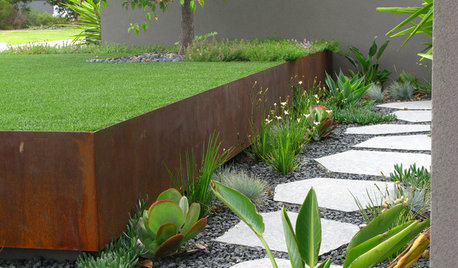
LANDSCAPE DESIGN7 Questions to Ask Before Laying Stepping Stones
These broken-up pathways invite you to put a spring in your step — while adding functionality to the garden
Full Story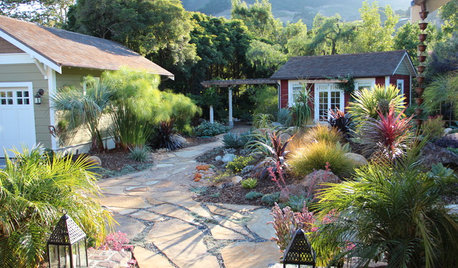
GARDENING AND LANDSCAPINGPave the Way to Landscape Style With Flagstone
Define a patio, build a path, make a fire pit ... learn about flagstone's many uses, plus costs and considerations, here
Full Story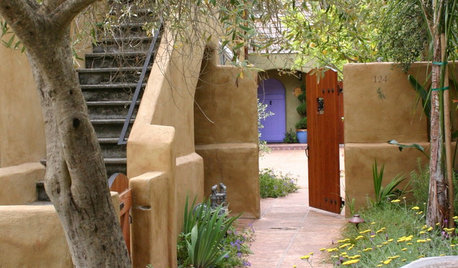
GARDENING AND LANDSCAPINGLay of the Landscape: Mediterranean Garden Style
Earthy, lush and warmly welcoming, a Mediterranean garden can thrive in any warm-climate landscape with a few adaptations
Full Story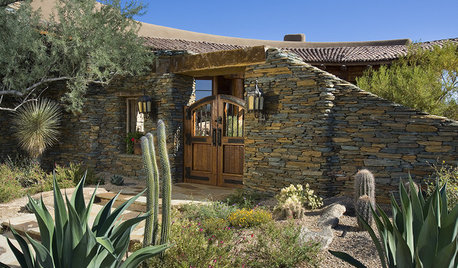
LANDSCAPE DESIGNLay of the Landscape: Southwestern Garden Style
Water may be scarce, but color and striking foliage are as profuse in the desert landscape as the sunsets are breathtaking
Full Story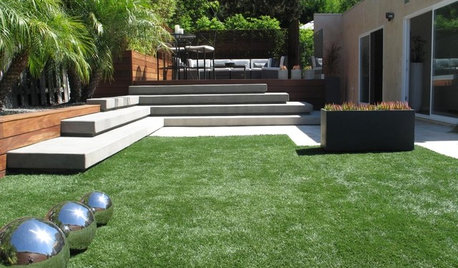
GARDENING AND LANDSCAPINGLay of the Landscape: Modern Garden Style
Bold, graphic design elements create a sense of calmness in the garden to match the serenity of contemporary homes
Full Story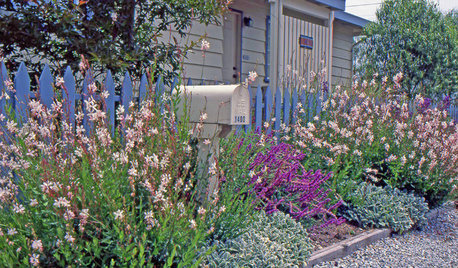
LANDSCAPE DESIGNLay of the Landscape: Coastal Garden Style
Seaside gardens can be the ultimate in soothing landscapes if you know how to work with the elements and choose the right plants
Full Story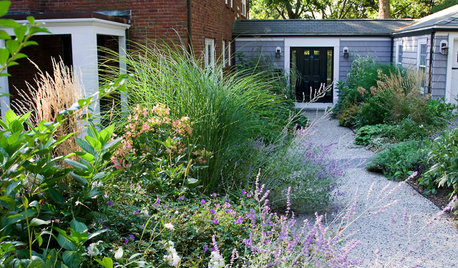
GARDENING AND LANDSCAPINGLay of the Landscape: Natural Garden Style
Team up with nature instead of fighting it for a landscape that perfectly suits your surroundings — and is a lot less work
Full Story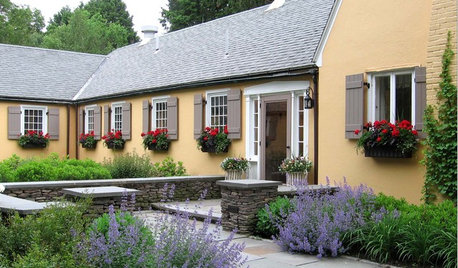
LANDSCAPE DESIGNLay of the Landscape: French Garden Style
Symmetry and geometry define this decorous landscape style, appropriate for both grand gardens and intimate spaces
Full Story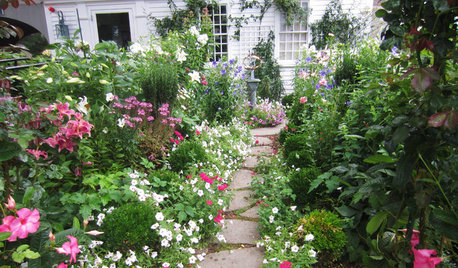
GARDENING AND LANDSCAPINGLay of the Landscape: Cottage Garden Style
Informal and vibrant, cottage gardens charm with their billowy abundance. These tips help you bring the look to your own landscape
Full Story
LANDSCAPE DESIGNGarden Walls: Dry-Stacked Stone Walls Keep Their Place in the Garden
See an ancient building technique that’s held stone walls together without mortar for centuries
Full Story






windy_meadow